Report this entry
More from the same community-collection
City Hall circa 1915, El Paso, Texas
Intersection of Myrtle & San Antonio Streets between 1910-1920. ...
Church and County Courthouse in 1890s
This picture, dating back to the 1890s, shows the County ...
Bird's Eye View of El Paso from Mesa Garden
The picture captures El Paso between 1890 and 1900. It was taken ...
The Popular Dry Good Company
The Popular department store chain, founded by Adolph Schwartz, ...
Chamber of Commerce Anniversary Luncheon
These are the past and present directors of the El Paso Chamber ...
N. Mesa Street Downtown El Paso, Texas
Image of N. Mesa Street with sign and lamp post in downtown El ...
Betty Moor MacGuire Hall - El Paso Texas
Photograph of the Betty Moor MacGuire Hall. The picture features ...
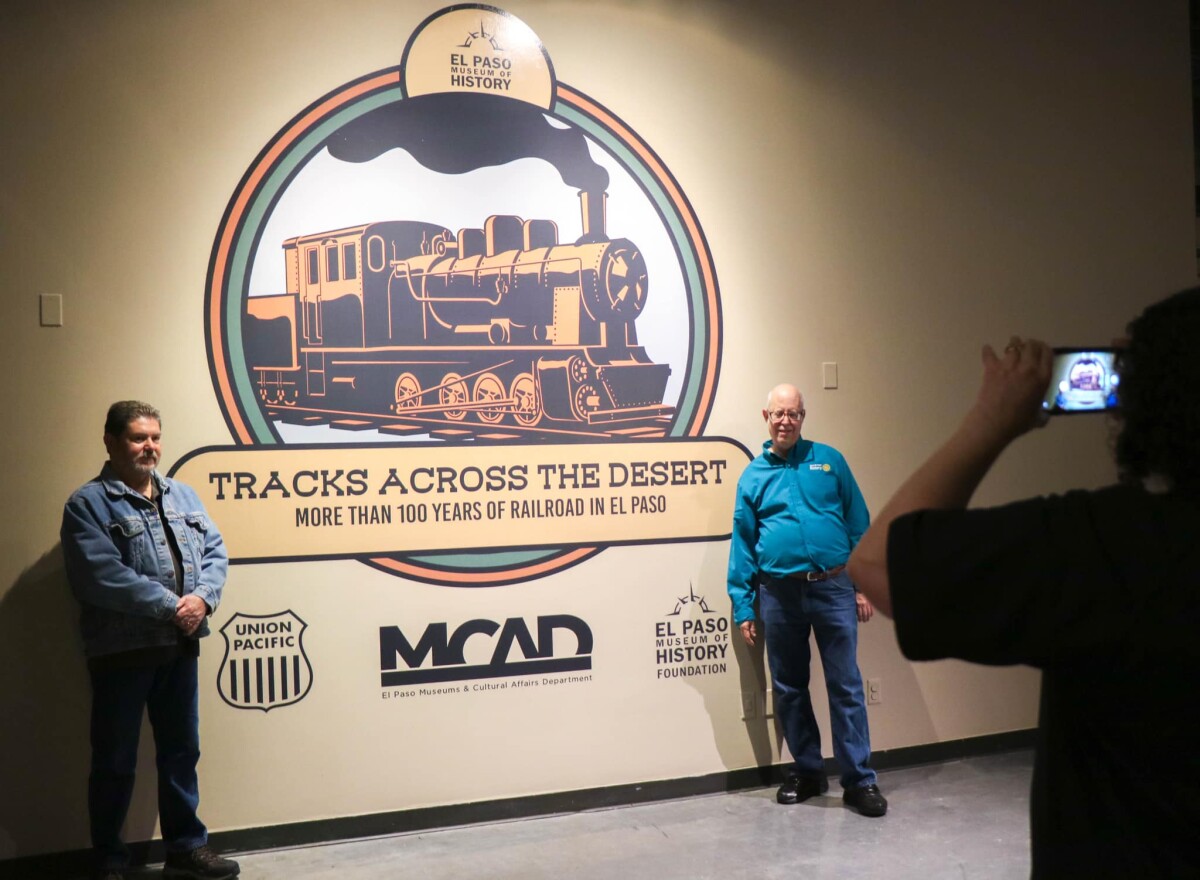
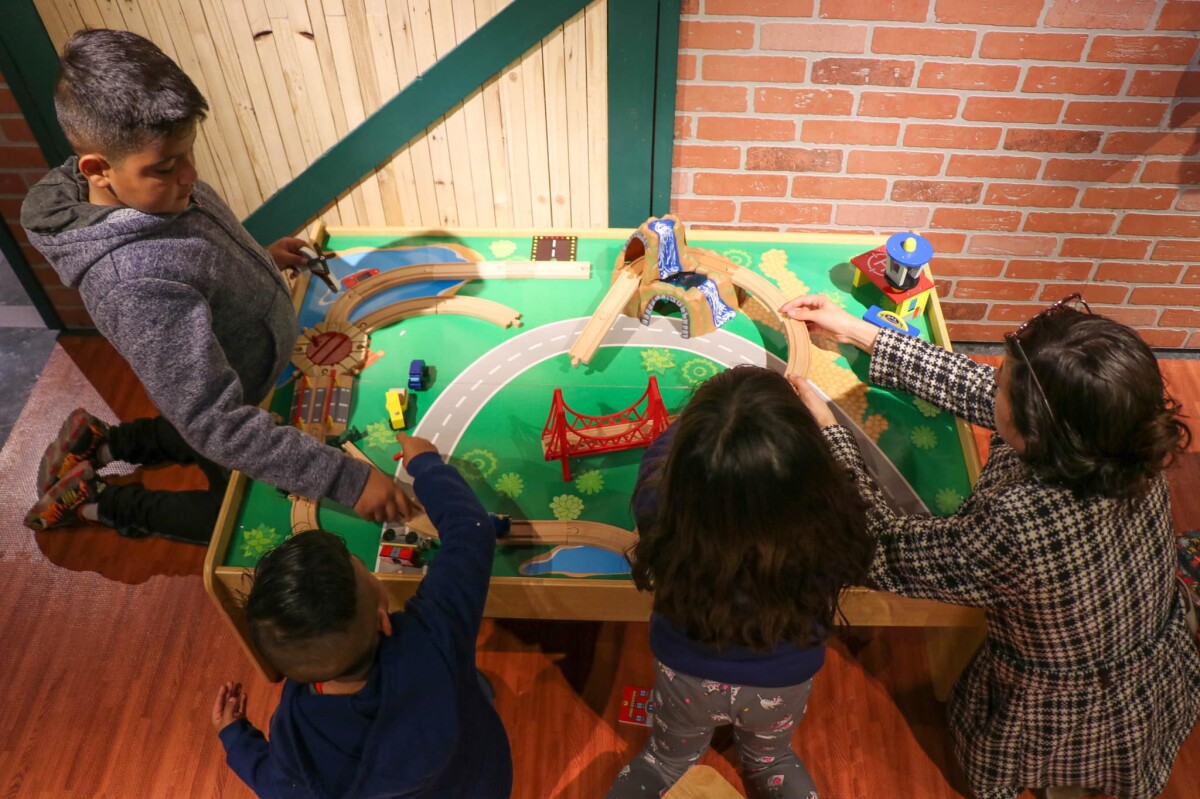
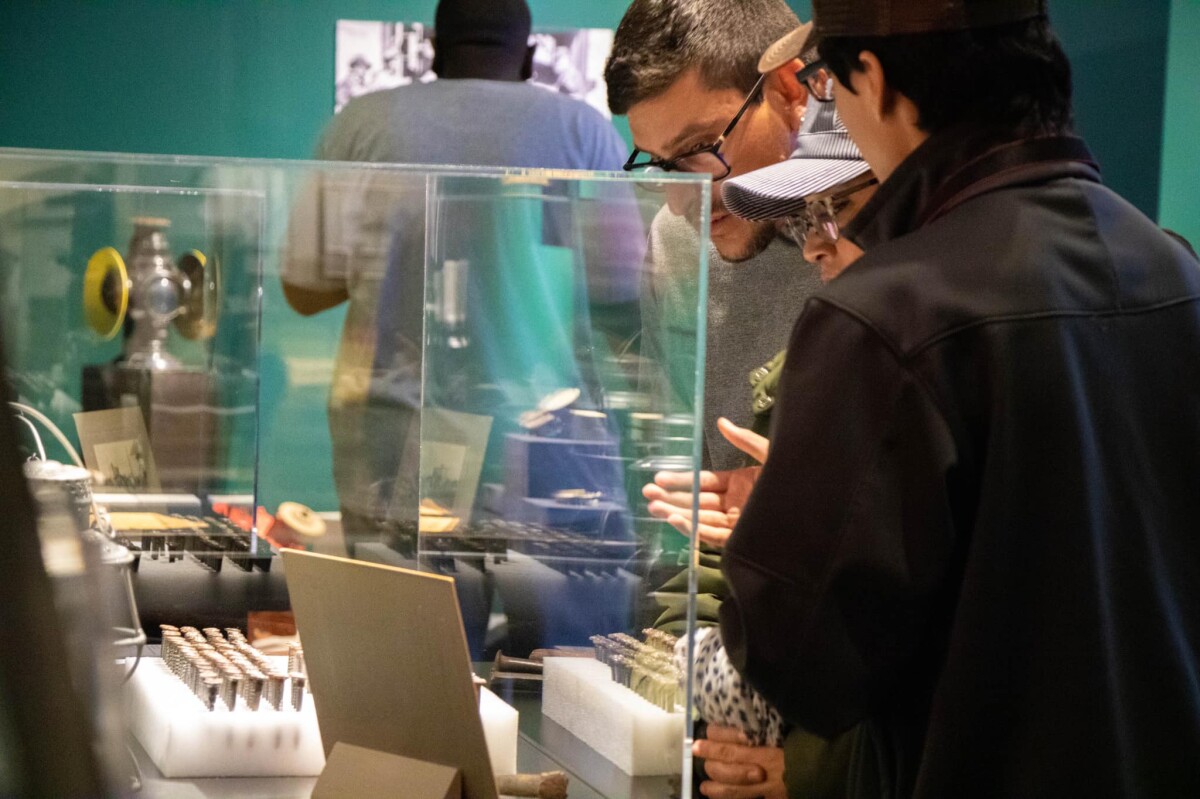
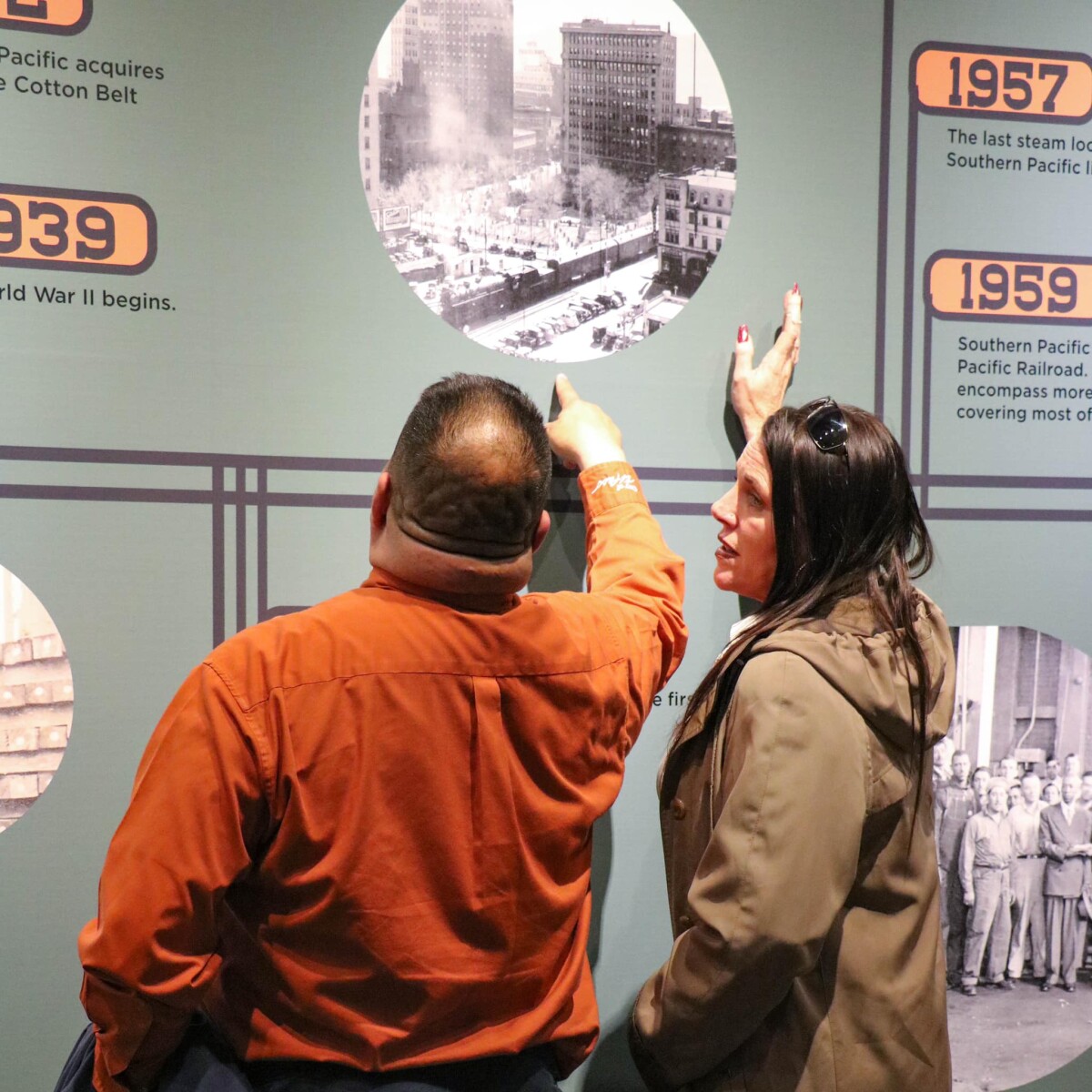
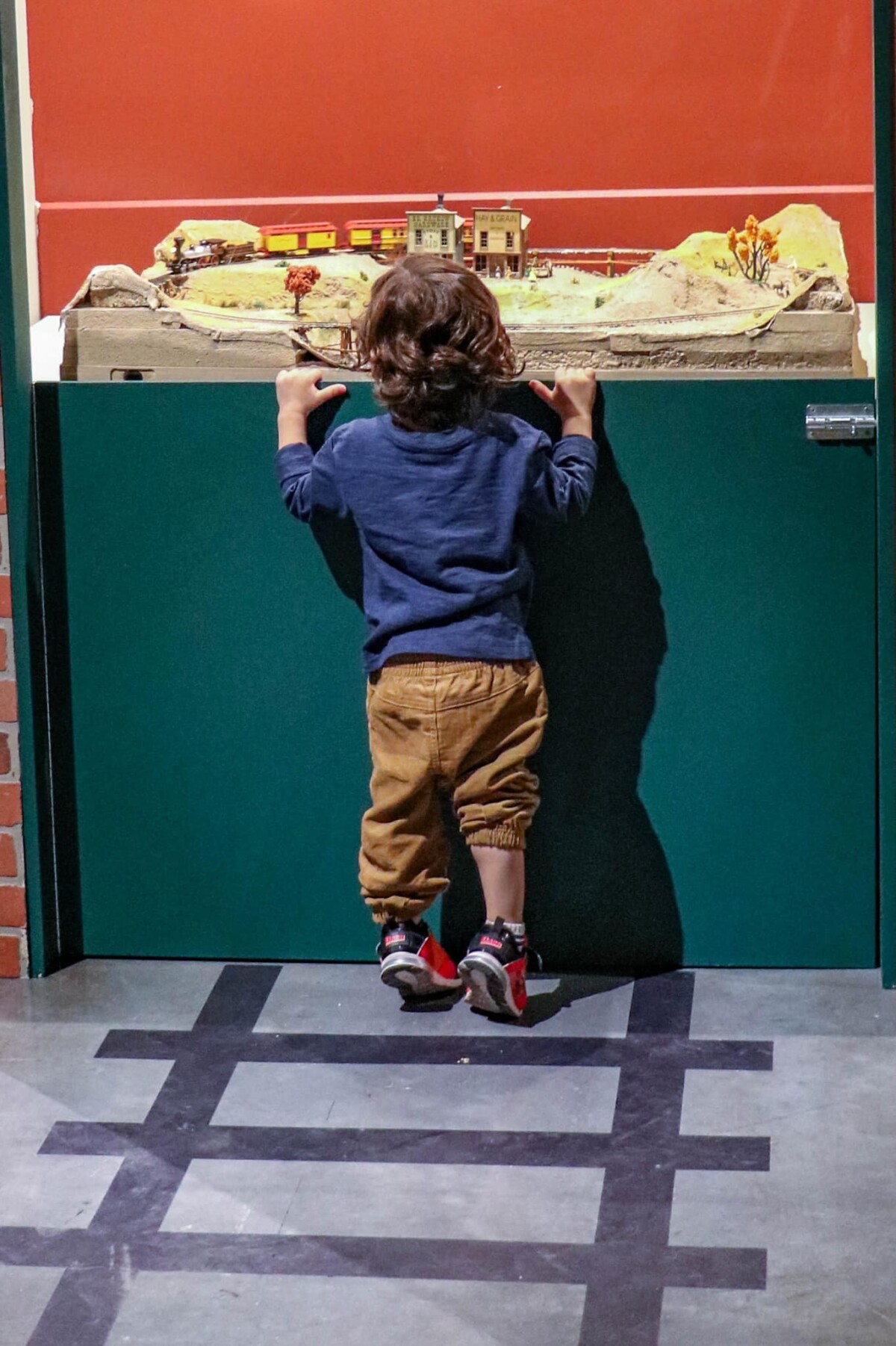


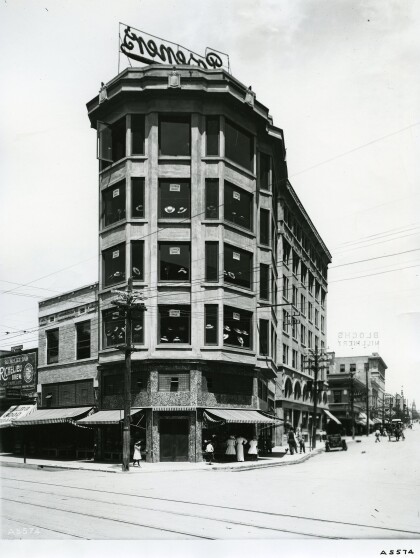
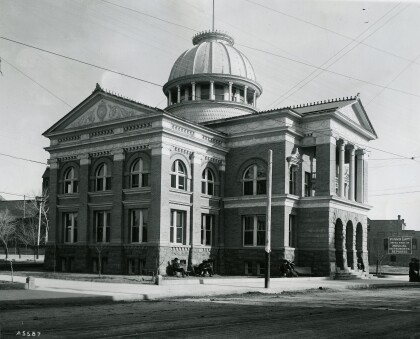
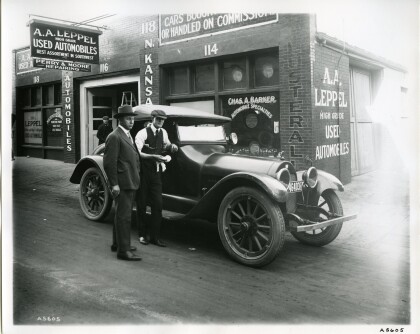
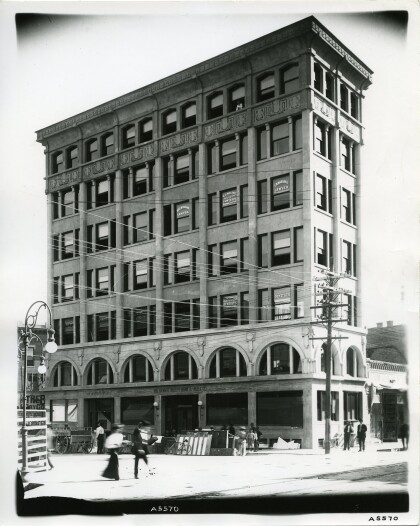
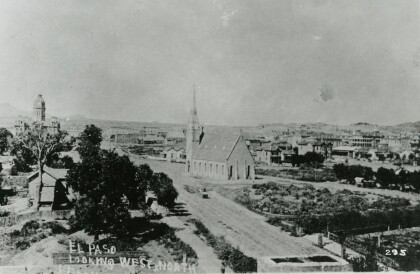
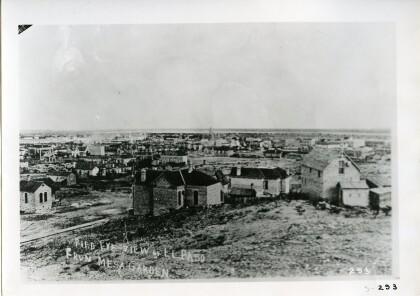
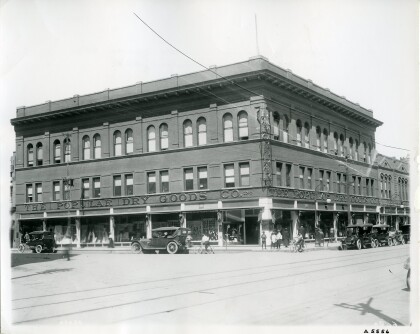
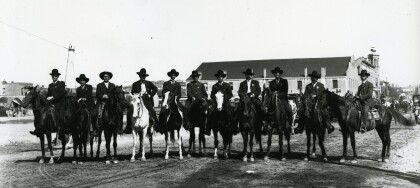
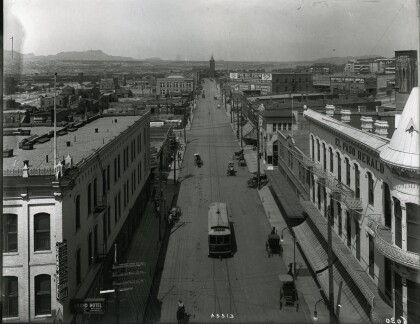
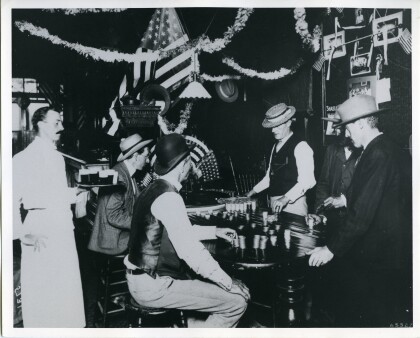
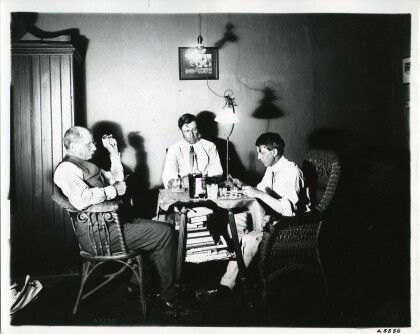
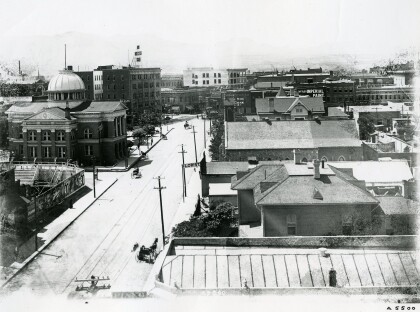
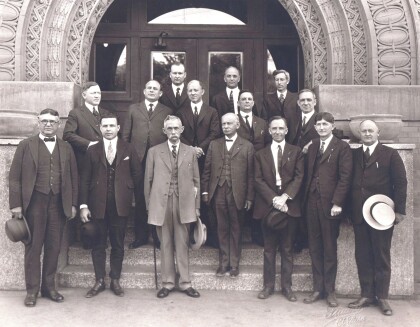
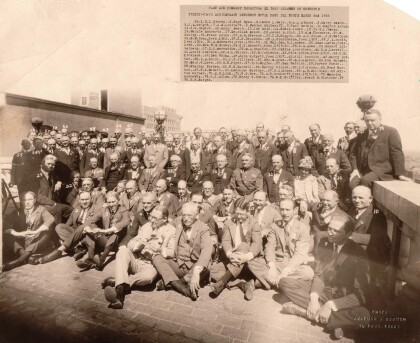
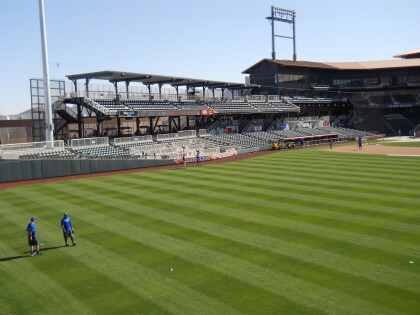
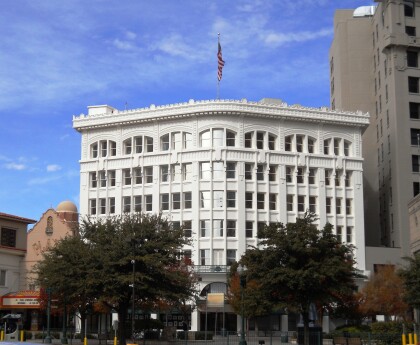
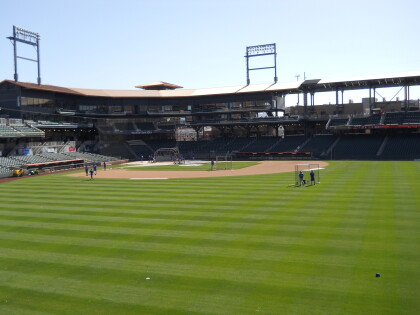
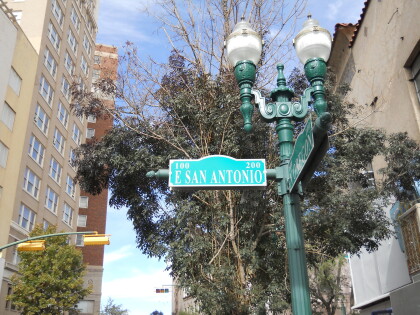
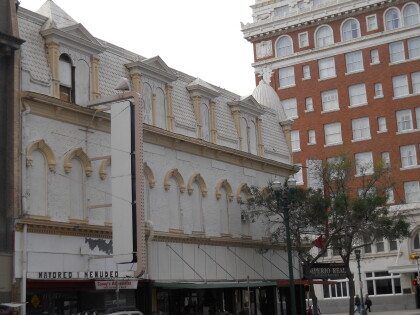
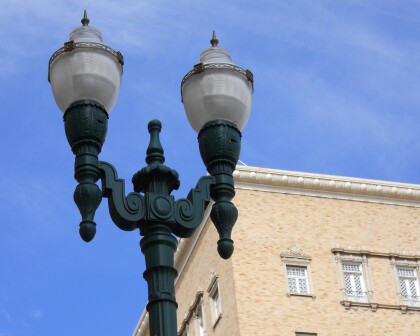
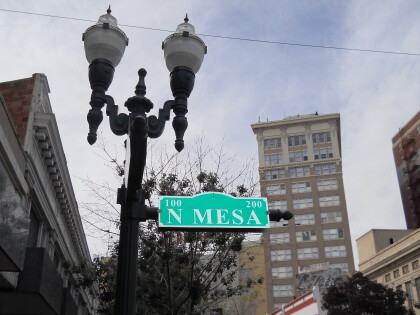
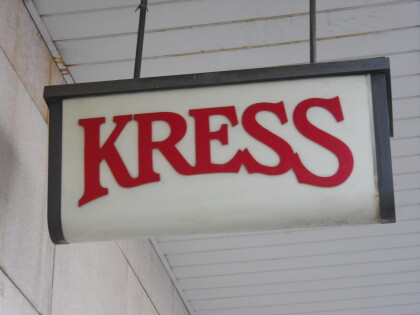
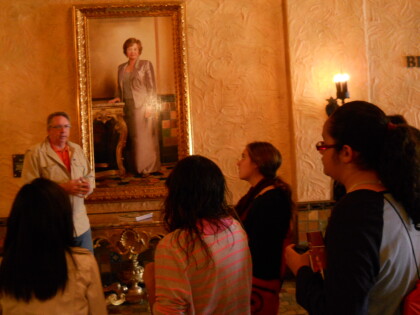
Comments
Add a commentDuring the U.S.-Mexico War of 1846-1848, U.S. federal officials realized the importance of the Pass of the North for a transcontinental railway line without winter storm problems. The Gadsden Purchase of 1853 transferred land from Mexico to make this all-weather route possible. Financial issues and the political strife leading to the Civil War delayed construction, and in 1869, the first transcontinental line was completed hundreds of miles to the north. In May 1881, the Southern Pacific Railroad(SP) arrived at the Pass of the North from the west, and a few weeks later the Atchison, Topeka, and Santa Fe Railroad came from the north. In December, 1881 the Texas and Pacific Railroad connected with the SP in nearby Sierra Blanca TX creating the nation's second transcontinental railway. Source: Pamphlet Historic Railroad Streetcar Landmarks at the Pas of the North